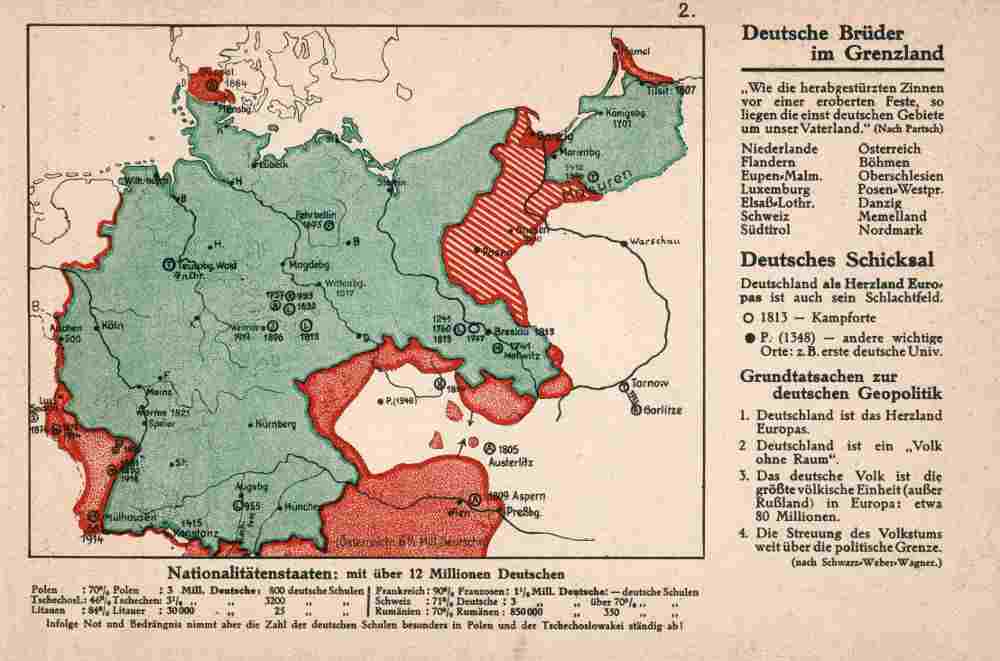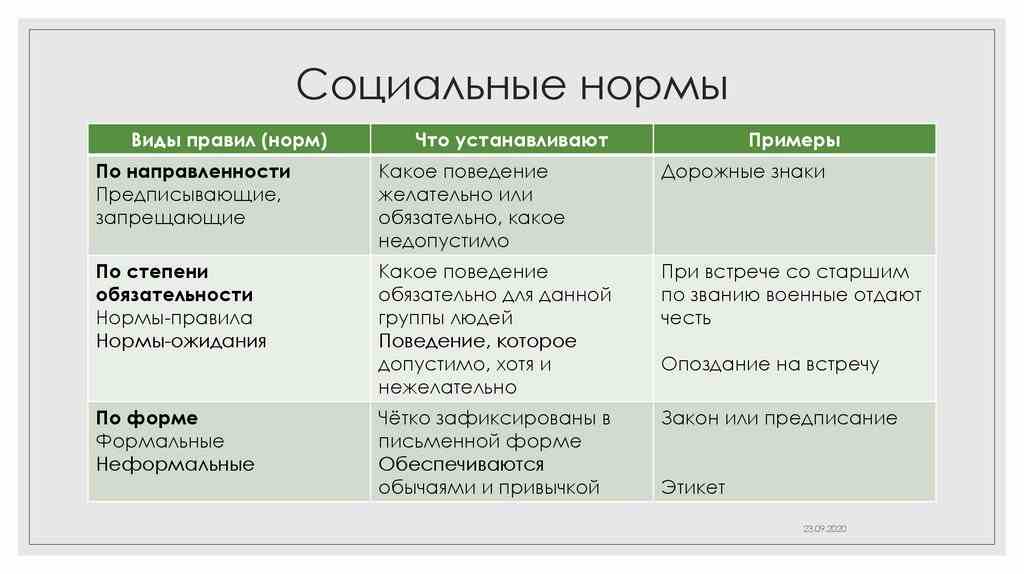The Intel Pentium Dual-Core is a line of dual-core microprocessors that Intel produced primarily for budget desktop and mobile computing markets from 2006 to 2010. This brand was positioned between the lower-end Celeron processors and the more powerful Core and Core 2 processors in Intel's product lineup.
Overview of Pentium Dual-Core Processors
Launch and Discontinuation
- Launched: 2006
- Discontinued: 2010
Architecture
The Pentium Dual-Core processors were based on different microarchitectures:
- Core Duo (Yonah) : Initially used in mobile processors.
- Core 2 Duo (Merom) : Later models were based on this architecture, which allowed for better performance and efficiency.
Key Specifications
- Cores : 2
- Clock Rates : Ranged from approximately 1.3 GHz to 3.4 GHz.
- Cache : Typically featured 1 MB of shared L2 cache.
- Front-Side Bus (FSB) Speeds : Varied from 533 MHz to 1066 MHz.
- Manufacturing Process : Initially built on a 65 nm process, later models transitioned to a 45 nm process.
Features
- Instruction Set : Supported various instruction sets including MMX, SSE, SSE2, SSE3, SSSE3, and x86-64.
- Power Management : Included technologies like Enhanced SpeedStep for improved power efficiency.
- Socket Compatibility : Primarily used the LGA775 socket.
Performance
The Pentium Dual-Core processors were known for their balance of performance and price. They were particularly popular for basic computing tasks such as web browsing, office applications, and light multimedia consumption. Overclocking potential made them attractive to budget-conscious users seeking enhanced performance beyond stock specifications.
Notable Models
Some notable models include:
- Pentium E2140 : Launched in mid-2007 with a clock speed of 1.6 GHz.
- Pentium E2160 : Slightly higher clocked at 1.8 GHz.
- Pentium E2180 : Offered a clock speed of 2.0 GHz.
These processors were well-received due to their affordability and decent performance relative to competing products at the time, making them a popular choice for budget PCs
. In summary, the Intel Pentium Dual-Core represented a significant step in Intel's strategy to provide dual-core processing capabilities at an accessible price point, catering to users who required more than single-core performance without the premium cost associated with higher-end models.























































 English (US)
English (US)